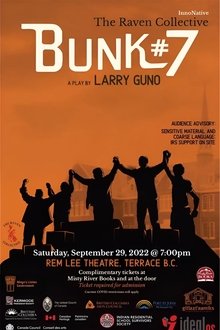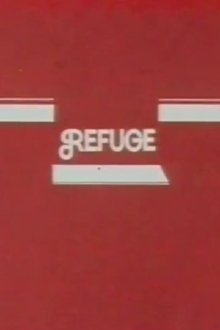Incident at Restigouche is a 1984 documentary film by Alanis Obomsawin, chronicling a series of two raids on the Listuguj Mi'gmaq First Nation (Restigouche) by the Sûreté du Québec in 1981, as part of the efforts of the Quebec government to impose new restrictions on Native salmon fishermen. Incident at Restigouche delves into the history behind the Quebec Provincial Police (QPP) raids on the Restigouche Reserve on June 11 and 20, 1981. The Quebec government had decided to restrict fishing, resulting in anger among the Micmac Indians as salmon was traditionally an important source of food and income. Using a combination of documents, news clips, photographs and interviews, this powerful film provides an in-depth investigation into the history-making raids that put justice on trial.
Related Movies
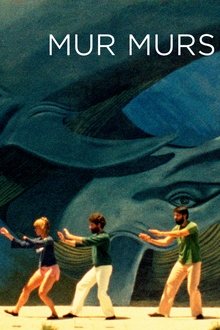
Mur Murs (1981)
Venturing from Venice Beach to Watts, Varda looks at the murals of LA as backdrop to and mirror of the city’s many cultures. She casts a curious eye on graffiti and photorealism, roller disco & gang violence, evangelical Christians, Hare Krishnas, artists, angels and ordinary Angelenos.
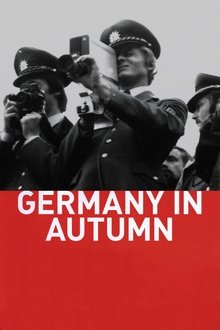
Germany in Autumn (1978)
The film does not have a plot per se; it mixes documentary footage, along with standard movie scenes, to give the audience the mood of Germany during the late 1970s. The movie covers the two-month time period during 1977 when a businessman was kidnapped and later murdered by the left-wing terrorists known as the RAF-Rote Armee Fraktion (Red Army Fraction). The businessman had been kidnapped in an effort to secure the release of the original leaders of the RAF, also known as the Baader-Meinhof gang. When the kidnapping effort and a plane hijacking effort failed, the three most prominent leaders of the RAF, Andreas Baader, Gudrun Ensslin, and Jan-Carl Raspe, all committed suicide in prison. It has become an article of faith within the left-wing community that these three were actually murdered by the state.

The Ventures: Stars on Guitars (2020)
Documentary film on the #1 instrumental rock group in the world, The Ventures. The story of their rise to fame in the 1960s right up to now, as they celebrate their 60th anniversary of playing the best guitar-rock of all time.
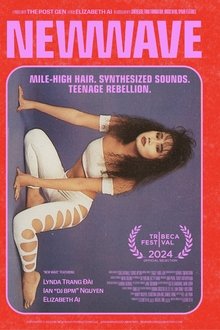
New Wave (2024)
An endearingly nostalgic exploration of the defiant Vietnamese new wave music scene, as well as a vulnerable and personal look at the filmmaker and her community’s revisiting of their unexamined past.

Song of the Open Road (1992)
A portrait of Paul Joe Vest and requiem for people living and dying with AIDS he composed setting poems of Walt Whitman to music.

Yuma Crossing (1990)
The story of the Yuma Crossing, the place where centuries of travelers crossed the Colorado River as told in a series of reenacted vignettes by colorful characters from the Quechan tribe, the conquistadores, Father Kino, Olive Oatman and others up until the first bridge was built in the 1920's.

Children of Wind River (1989)
A film made by Victress Hitchcock and Ava Hamilton in 1989 on the Wind River Reservation for Wyoming Public Television.

Nicholas and the Baby (1980)
The first childbirth for children film ever made which launched a sibling preparation movement across the US.

What Can I Tell You (1978)
A portrait of three generations of wonderfully eccentric Italian American women living in a small town near Boulder.
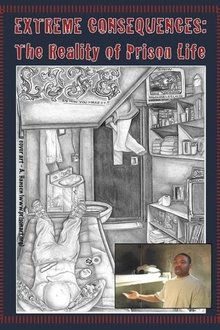
Extreme Consequences: The Reality of Prison Life (2007)
A compelling look at the choices that lead to incarceration and the reality of being locked up in Pelican Bay State Prison.

I Am Thalente (2015)
Homeless since the age of nine, South African skateboarder Thalente Biyela travels to the US to pursue his dream of becoming a professional skateboarder. Through his eyes, we experience what it takes to rise up out of circumstance and escape a lifetime on the streets.
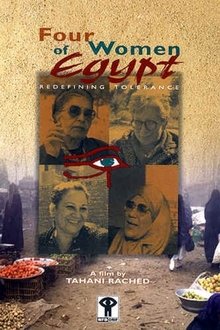
Four Women of Egypt (1997)
Four female friends from Egypt with opposing religious, social, and political views listen to one another's perspectives and argue openly, without ever breaking the bond that unites them.

A Haunting History (2016)
Haunted by his violent past, the ambitious lawyer Anuol returns to his homeland, South Sudan, committed to serve his country and hold accountable those who are responsible. But his quest, led by the rules of law, hits a wall when he is confronted with his countrymen’s reluctance to reconcile with history.

The Impossible Map (1947)
Development in long-range travel and the growing importance of the Arctic and Antarctic regions make it necessary to understand how maps may be misleading. Experiments with a grapefruit illustrate the difficulty of presenting a true picture of the world on a flat surface and it is concluded that the globe is the most accurate way of representing the earth.

Eldorado XXI (2017)
The panoramic shots are breathtaking: a majestic mountain landscape in winter, flat-roofed tin shacks cowering next to one other, women perched on steep slopes using primitive tools to break through pieces of rock. La Rinconada is situated over 5,000 meters high in the Peruvian Andes, on the edge of a gold mine. This 21st century El Dorado is an inhospitable place, where untold numbers of people live and work in the most precarious of conditions, hoping both for gold and a better life. Salomé Lamas has constructed a cinematic diptych to convey the extremity of this situation and the dimensions of its misery without having to resort to graphic images.
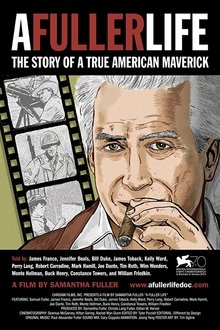
A Fuller Life (2013)
Friends and admirers of iconoclastic film director Sam Fuller read from his memoirs in this unconventional documentary directed by Fuller's only child, Samantha.

Finding Yingying (2020)
Yingying Zhang, a 26-year-old Chinese student, comes to the U.S. to study. In her detailed and beautiful diaries, the aspiring young scientist and teacher is full of optimism, hoping to also be married and a mother someday. Within weeks of her arrival, Yingying disappears from the campus. Through exclusive access to Yingying’s family and boyfriend, Finding Yingying closely follows their journey as they search to unravel the mystery of her disappearance and seek justice for their daughter while navigating a strange, foreign country. But most of all, Finding Yingying is the story of who Yingying was: a talented young woman loved by her family and friends.
